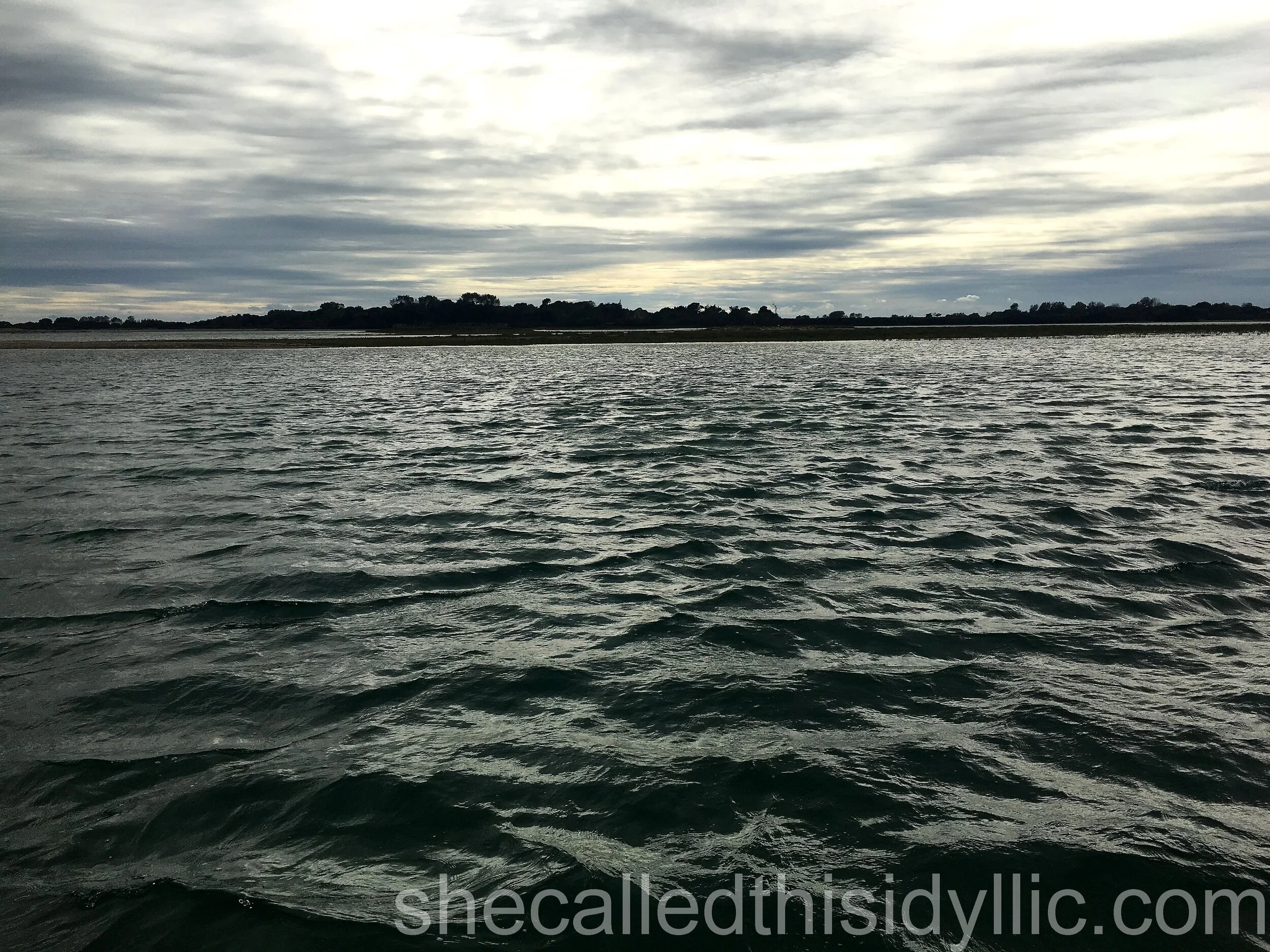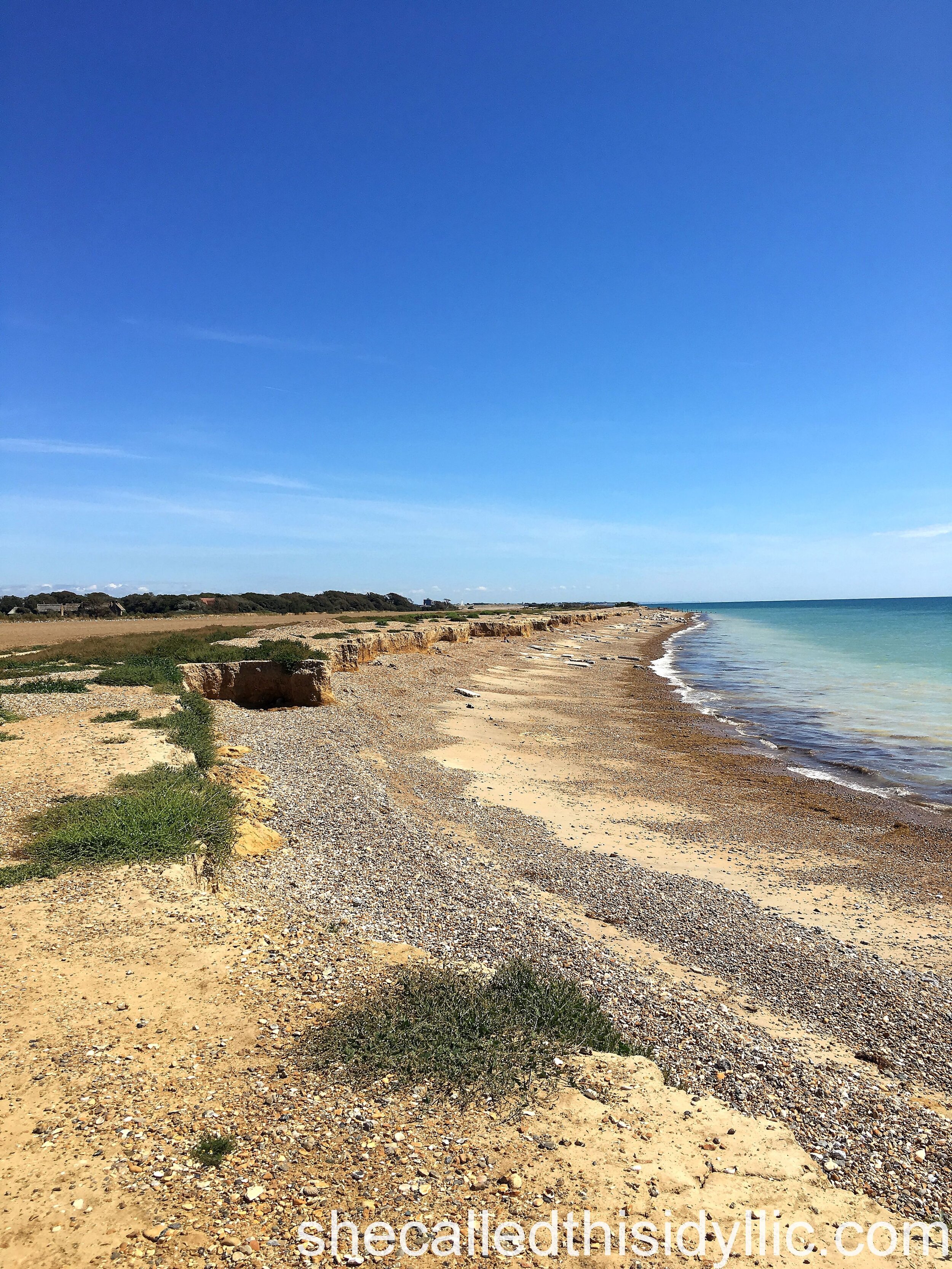Sussex Coastal Walk - Stage Ten - It Should Be Simple, Surely?
So, where to start with this stage?
We last completed a stage of our 2020 challenge back in the first week of August. It was warm, hot even. And then, well, we went into a period of full on, summer weather, where we had a week of temperatures of 34 degrees or higher every day.
Not ideal walking weather.
And then, once temperatures had calmed down a little, we found ourselves with early onset autumn issues. In fact, we had almost three weeks of rain, cold and generally miserable weather that would feel quite at home in October or November.
Again, not ideal walking weather.
Plus, and yes, there is more, the next part of our adventure is really not as easy to plan and complete as it has been over recent stages.
So, just in case we really needed to explain why it has been almost a month between stages, as “fair weather” rather than trail and challenge toughened walkers, well, that’s why.
Walking something like this really should be simple, surely?
But we picked things up again in a way that could very well be described as simple. A little like one of our earlier stages, we decided to do a short walk to make it easier to get back on track.
And we found ourselves on a mid-September afternoon, in Bognor Regis, ready to get going again.
With the high temperatures and blue skies of early August long since gone, we started off on a generally grey day, back at the pier. The crowds had mostly gone and, even in this year of confusion and everything working differently to usual, it was clear that the summer holidays were mostly over and the kids had returned to their schools.
Seeing it once again, Bognor Regis pier looked as dull and unloved as we remembered it, and we set out along the sea front walk in a general westerly direction leaving it well and truly behind us. I think it is also fair to say that we were not overwhelmed by Bognor in general. There were a few lovely, old houses along the sea front but mostly nothing really stood out. Maybe we have been spoiled a little by some of the places we have visited, or maybe it really is a rather unimpressive place. Like so many things it can be very subjective but the place really didn’t work for us.
We passed the almost inevitable beach huts, also rather plain and drab just to continue the theme, and then found the footpath diverting inland and away from the beach. We decided to chose the shingle beach and walked for a while before we met, yes you’ve guessed it, another private estate blocking our way.
We had no choice but to turn inland and experienced another period of frustration as we navigated roads that took us away from the coast and around the estates. Not to say that this route didn’t have charms of its own. We passed a few very old and apparently historic houses as we wound our way through residential streets, but it felt better when we reconnected with the beach a little further on into Aldwick. The walking here was easier, with a few more of the green swarth paths around to make our progress easier and more comfortable.
As we approached Pagham we were able to use a road which gave us a reverse view of the beach side houses. Interestingly, whilst these were not particularly large and impressive places, in the vast majority of places the rears were mostly rough looking with generally unloved gardens. I suppose if you have a beach right in front of your house you might lose the inclination to mow your grass or dig your flower beds on a regular basis.
We continued into Pagham and found ourselves entering a world that was rather unexpected. Whilst the roads were still private, no surprise there then, I hear you shout, the houses were mostly small, mainly old and all looked as if they had been self built many, many years before. What really appealed to me though was that we identified a number of places that had originally been old railway carriages, where you could still see the old windows and see where the doors had previously been.
Apparently such places were originally used by wealthy people as comfortable beachfront homes, however, after the end of the first world war, they were opened up to returning soldiers and ordinary people due to a shortage of housing. Amazingly, there was at one stage in the 1930’s over 300 such homes created from pairs of railway carriages in this area. Whilst some are quite obvious, many have been so well converted that you would never guess from the external view that they were originally carriages.
We followed the road, unmade and rough at times, until the houses gradually disappeared and we entered the nature reserve that covers the old harbour area. First impressions suggested that it was rather bleak but as we explored further we did notice some of the wildlife and got a slightly more positive view of the surroundings.
I was aware that this had previously been a working harbour but it’s history is rather mixed. Originally it had allowed access for boats to use three separate small harbours but gradually had silted up and become unusable. In the 1870’s a decision was taken to reclaim the area for farming and an embankment was constructed, allowing the land created to be used predominantly for farming. However, the sea broke through during a significant storm in 1910 and it was decided not to rebuild. As a nature reserve and tourist attraction it seems to have found it’s feet, which has to be a good thing.
We reached as end of our walk, coming face-to-face with the water and what was probably the remains of the old embankment. Our final view of the area, on what was a pleasant but rather grey afternoon, was a bunch of bored local kids throwing stones at the large harbour sign. For some reason this felt like a fitting way to end our walk in an area that, for me, was just a little quirky and different but left me unsure as to whether I liked it or not.
And, with the benefit of time and hindsight, I am still not sure.
Stage 10 – Bognor Regis Pier to Pagham Harbour
Date of walk - 7th September 2020
Distance walked 4.33 miles / 6.97 km
Floors climbed (using Apple Health app.) 2 floors
Ongoing totals 92.92 miles / 149.53 km / 292 floors










